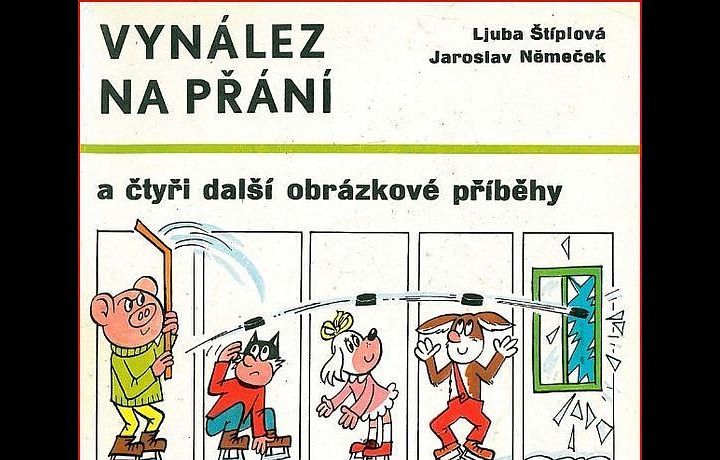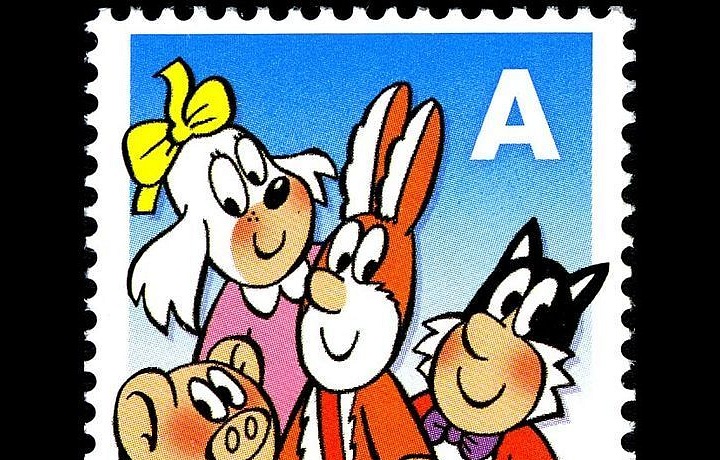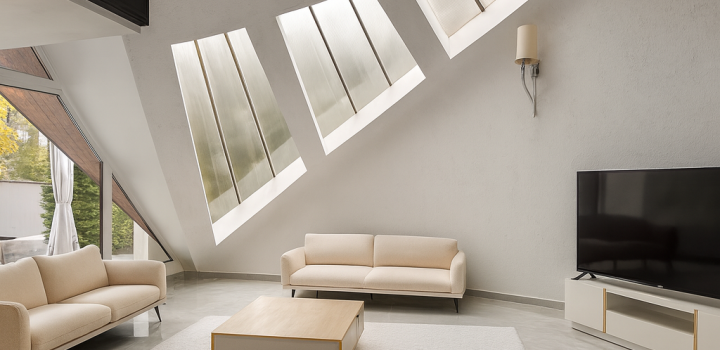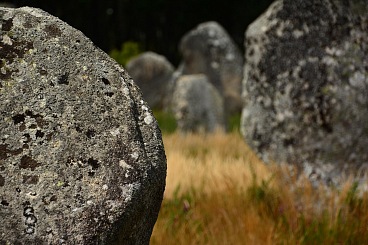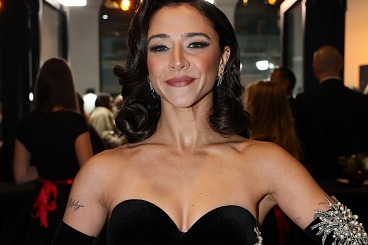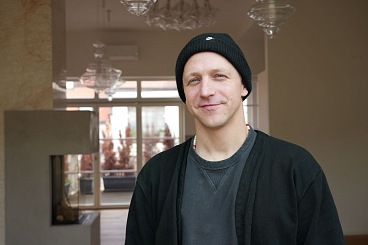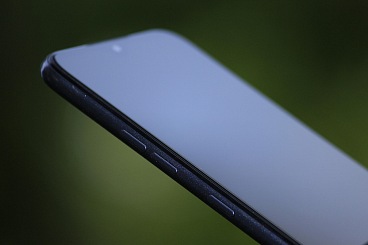A fast confession - the father of Čtyřlístek Jaroslav Němeček: The first copy for 7 Czechoslovak crowns is now worth thousands
Myšpulín, Bobík, Fifinka and Pinďa. Who would not know the names of four intrepid friends from the cartoon magazine Čtyřlístek, which has been entertaining Czech children and adults for several generations. When this comic appeared for the first time in 1969, the author Jaroslav Němeček himself did not expect how short it would take to "vanish". For the first copy then paid the parents 7 Czechoslovak crowns, at present collectors are able to pay a thousand times more. Mr. and Mrs. Němeček took the time to remember not only their beginnings and experiences, but also to reveal their plans for the future.
How do you remember the beginnings of Čtyřlístek? Did you originally give it only to your son?
Lucie: With the idea of creating Čtyřlístek we came up with my husband on holiday in Italy, our son was not yet born. But the truth is that we thought of all the children, not just our son, at that time there were very few children's magazines in the Czech Republic. And we have seen in Italy how beautiful and colorful magazines children have there. We wanted this to be the case in the Czech Republic.
Jaroslav: Yes. At that time, I drew for Mateřídouška and wondered what they would say when I created my own magazine. Although at that time Mateřídouška was poor in print compared to Italian production, today I see that it had its benefits in close cooperation with a number of poets and writers.
Who was the first of the four friends to be born?
Jaroslav: Fifinka was the first because the girl always has priority. Then there was Bobík, then Pinďa and the last Myšpulín. With him I admit that I had originally created him differently. It was supposed to be the inventor Einstein, but eventually he was gone because the Einstein family would probably have sued us. (laughs) Lucinka finally came up with his name, but there were a lot of names and ideas.
Well, that's how it came about, it didn't take long. Each character had to be different and de facto their characters. At first there was a dog Fifinka, then the thin athlete Pinďa, and the third one had to be different again. So I invented Bobík, who will be strong and who likes her. Then we just missed the inventor. I wanted him to be a magician who could cope. If things were wbadorse, he could open his coat and say, "Luckily I have a box of last resort with me." Taking out a pin to open any safe. (laughs) So it happened, they had four different characters.
How much was the first print of that time?
Jaroslav: Jaroslav: Seven Czechoslovak crowns. But it wasn't that simple, the era was not built on money at all. But still, for seven crowns it was the most expensive magazine in our country. And when the kids wanted it, they had to work it out for the newspaper shops, for example, carrying packages and so on.
How many copies were first published?
Jaroslav: I think forty thousand, but at that time there were completely different costs. The sellers did not know what they were going into, but it turned out that the children had responded enormously to the first issue. Another volume had sixty thousand copies, another ninety.
Lucie: It went up to one hundred and twenty thousand, but the Čtyřlístek was still scarce.
The first numbers were produced only in Prague or all over the Czech Republic?
Lucie: All over the Czech Republic. It was the Orbis publishing house, which was very well-known and good. Later it was renamed Panorama, political magazines were printed, so they didn't have paper. But there wasn't even toilet paper. (laughter) (laughter)
Jaroslav: Yes, in the newsroom there were such frictions about printing paper, because each publisher had been allocated X tons and could handle it at its discretion. And suddenly there was little paper for them, because "Čtyřlístek stole it". (laughs) Čtyřlístek is released twenty times a year and one part costs about thirty-five crowns.
Did you expect such success right after the first issue?
Jaroslav: No, no. We couldn't have guessed that, especially the children helped us. We mainly wanted to make the magazine the way we imagine it. And if they were to continue, we could only dream of it.
Lucie: But there was anxiety because we still didn't know how it would turn out with the Čtyřlístek.
Jaroslav: Yes, we always waited for it to turn out and the next issue came out. At that time, it was enough for someone upstairs to dislike our magazine, pick up the phone and cancel the magazine. And we wouldn't know who said it and why he said it. That's how many of our friends lost their phone, and they didn't know why. The phone was taken from them and done.
Did they determine under the totalitarian regime, where would the plot go?
Lucie: No, nobody wanted us to do that. Just one day the director of the publishing house came and said, “Mr. Němeček, we are finished. Your comic is a western style of literature and we don't have paper for it anymore, so that's it.”
My husband then came home all overwhelmed and sad and I comforted him. The next day the director came home and his two little girls rebelled because they liked the Čtyřlístek. And the next day, the Čtyřlístek was allowed again, but of course it couldn't have been a regular magazine because it wasn't supposed to be created. So it became an irregular “cheerful pictorial reading”.
Did you draw everything by hand and yourself?
Jaroslav: Yes, I sat at the cottage and drew. I carried the Čtyřlístek into the editor's office.
Lucie: The four-leaf clover was two-color, one side was always colorful, and the other was either yellow-brown or blue-black.
How much would the first print cost today?
Lucie: One collector's piece costs CZK 20,000.
Jaroslav: When the stamps came out about eight years ago, they were printed in a stamp print shop. I was invited to proofread to see if they had some mistakes. We confirmed it. But the director walked with me everywhere, you could not touch anything. And then he said to me, “Come with me, I'll show you my treasure.” We went to the office he took a painting from the wall and there was a safe underneath. He opened it and said, "See?” There were the first four issues of the Čtyřlístek in the safe. That was his greatest treasure.
Does Čtyřlístek celebrate success abroad?
Lucie: The biggest success abroad is that the Čtyřlístek has been issued with valid coins. On one side is the Čtyřlístek, on the other side is the Queen of England. In the Cook Islands, these coins became one dollar worth of currency. This year, the Czech mint is preparing for our collectors silver and gold coins.
How much will one cost?
Lucie: We don't know the price yet. They should be released in November.
Is there another collector's piece?
Jaroslav: We are planning a collector's book. It will have over four hundred pages and a large format. It is prepared by Professor Kořínek. When we came up with the idea, he locked himself in my studio and searched, searched… until he found a lot of things that had been forgotten. He really chose the best and wrote beautiful text.
Lucie: So there will be things that no one has ever seen. Signed images and so on. It's actually for my husband's seventy-fifth birthday. And also for the anniversary of the Čtyřlístek.
You have had two successful films, are you planning more?
Lucie: If a sponsor is found, we will be happy to go for a third.
Jaroslav: The film takes a long time to produce. Three to four years, it's a lot of work. And every month I have to submit another story drawn to the Čtyřlístek staff. So I'm still busy.
Lucie: I have to say that making a film has been her husband's dream since he was fifteen. We all said 'yes, let's do it, we will do it for him and the children'.
Jaroslav: I had to draw a lot of drawings for the film, which then were worked on. The animators then moved them, and maybe thirty of them worked on the film.
Lucie: It's very important to my husband. The scenario is based on stories around our region. The surroundings of the Kokořín valley, Mácha lake and wherever we like it.
What do you attribute such a great success to?
Lucie: I think the time is so hectic and people are bad at each other. But only the good radiates out of the Čtyřlístek. We hope that the children will only take the good things from the film. And they will feel the love that emanates from the film.
Jaroslav: It is true that the time when we started was starved for news. There was almost nothing. And the Čtyřlístek was born at the right moment and has been here with us for fifty years.
Would you agree if the Čtyřlístek were in the Večerníček?
Lucie: Yes, it is currently under negotiation. We'll see what happens.
Jaroslav: And don't forget that there are two exhibitions about Čtyřlístek in Prague right now. One exhibition is in the Postal Museum, the other in the gallery of the City of Prague Museum. One prettier than the other.





